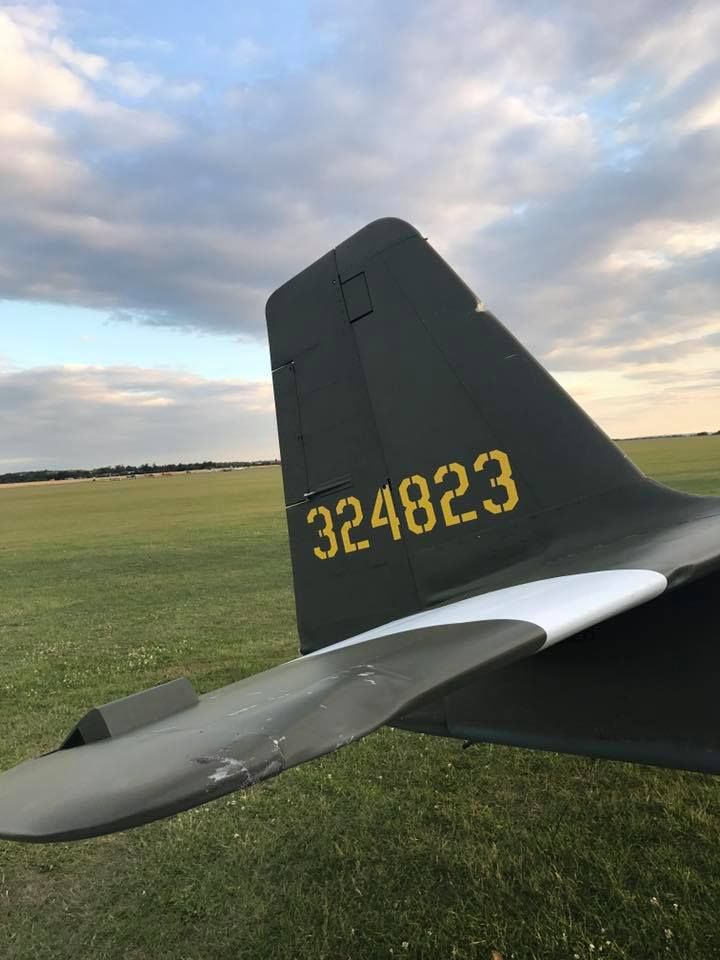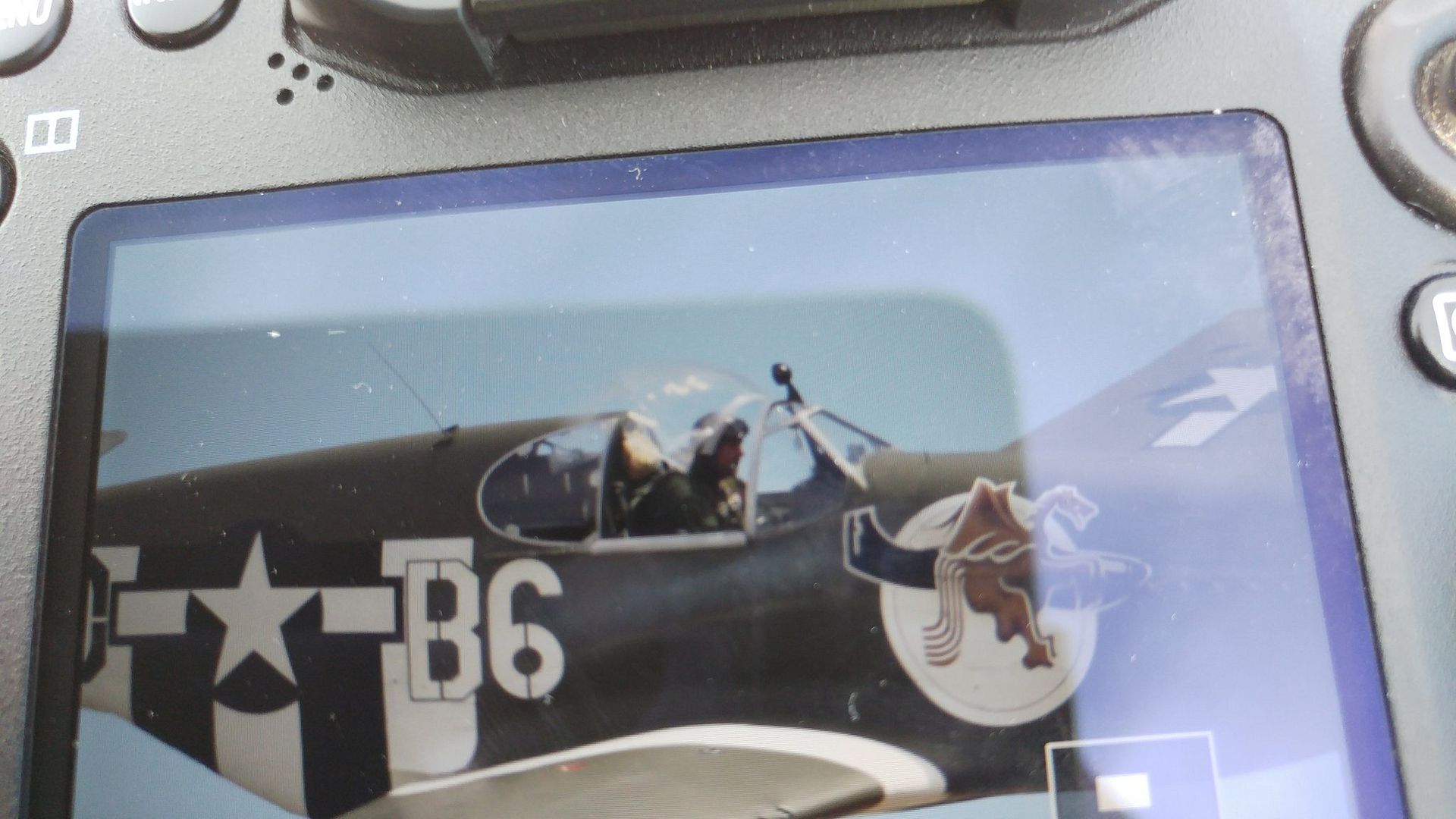Just to add to what has been mentioned already referring to the Malcolm hood canopies...
All P-51B's and C's were manufactured with the "birdcage"/framed canopy, and all were identical - B's from Inglewood, CA and C's from Dallas, TX. (This manner of changing the contract letter designation based on place of manufacture did not hold true with the P-51D of course, as the 'D' was called a 'D' no matter if it was manufactured at Inglewood or Dallas - all adding to the confusion of course.)
Early into its service life (1940/1941), there were two main complaints coming in from RAF pilots, both concerning the early "birdcage" canopy - one main complaint was about the lack of visibility to the rear, and the other complaint had to do with taller pilots finding the headroom quite limited. The plan developed, therefore, to fit the Mustang with a canopy like what was being installed on Spitfires at the time (NAA was often quite closely associated with British aviation firms/designers at the time). North American Aviation engineers began doing the initial outline of the work in Inglewood, CA, and then went to England, working with the British firm R. Malcolm Comany, Ltd. to fully develop and produce a blown one-piece sliding bulged-hood canopy (blown canopies were quite a new invention at the time, and Malcolm already had the experience of using the method in producing canopies for the Spitfire). The idea was to provide enough bulging on the sides of the canopy so that the pilot could lean his head outward, and not only have improved visibility rearward, but also greater range of view downward, all the while providing far greater headroom and all-around visibility. In England, R. Malcolm did the stress load calculations and completed all of the design work for the internal and external modifications. NAA would continue to manufacture the P-51B/C's with the original birdcage canopy, up until the very last one, as by then they already had the P-51D well in development. Malcolm would however produce and provide as many Malcolm hood canopy "kits" as possible to RAF and USAAF units. Testing of the canopy first began as early as December 1942, but it took some time before they finally began delivering and fitting production examples of the canopy. Having followed the development of this new canopy and the enthusiastic reports by the British Air Ministry after the initial testing, in September 1943 the 8th Fighter Command in England expressed a similar and urgent desire to refit all of their P-51B/C's with the Malcolm hood canopy.
As I recall, the photo-recon Mustangs got priority, which included the Allison-engined RAF and USAAF variants like the Mustang Mk.II and F-6A/B, followed by the Merlin-engined RAF Mustang III's and USAAF P-51B/C's. At some point, the British Air Ministry even ordered that all RAF Mustang III's would only be delivered to operational units after the Malcolm hood was installed. On USAAF P-51B/C's, the Malcolm canopies began to be installed as early as February/March 1944. Both 8th AF and 9th AF P-51B/C's and F-6C's, operating from England and front-line bases in France and Belgium were fitted with Malcolm canopies, but these were the only USAAF Commands that used the canopy, and thus the canopies never were installed on Mustangs in any other Theatre of the war. Some very well-kept 9th AF photo-recon F-6C's in the ETO, following VE-Day, were packaged-up and shipped back to the US to eventually be used in the Pacific, but which never happened (which is the reason why some Malcolm-hooded Mustangs showed up in the US at the end of WWII).
The modification itself - the time spent converting a stock "birdcage" P-51A/B/C type to a Malcolm hood - was quite extensive/quite involved, and took an estimated 130 man hours. As a result, these modifications were usually always handled at depot-level. It involved having to remove the stock radio mast/antenna and mounting a new wire/whip antenna farther back along the spine and re-routing the wiring for the main radio set. With the birdcage canopy removed, the stock emergency canopy release system/parts also had to be removed. In its place were new canopy rails, canopy crank, sprockets, chains, wooden structural panels and supports, metal panels and supports, a whole new emergency release mechanism, the canopy itself, and a seal and fairing around the rear edge of the windscreen, all requiring a lot of drilling out new holes for screws and cutting in a hole for the external canopy release button to fit through.





